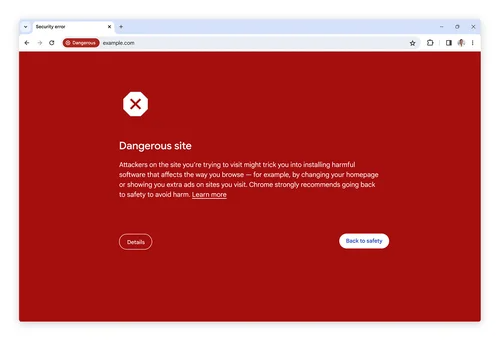Google has significantly upgraded its Safe Browsing feature, which checks web pages for malicious URLs before loading them. The feature now protects user privacy in real-time by using an independently run server to check encrypted versions of links that users are visiting.
The “enhanced” version of the browser’s Safe Browsing function will still be more effective against particular dangers, despite the company’s assertions that the “standard” version is significantly more effective at detecting risks.
Read more on Google BLOG :
In the blog post, the business announced that it was adding a real-time protection system to the basic Safe Browsing function, which it claims is far more successful at shielding users from dangerous websites.
Google will now be able to scan for risky URLs via a third-party server instead of using a list that was periodically downloaded onto a user’s computer or smartphone, as was the case with the traditional Safe Browsing mode.

Google claims that when you visit a website, Chrome will look for harmful URLs in the locally stored list of websites and, if it is not found in the database, will scan it in real-time. To accomplish this, the browser truncates the URLs into smaller prefixes, hashes them, and encrypts them before forwarding them to a Fastly-run third-party “privacy” server.
The requests will be sent to the Safe Browsing server after this third-party server has removed any potentially identifiable user information and combined them with those of other users.
After that, Google will compare the truncated prefixes with its server-side database to see if there is a match. If so, it will then compare the full hash of the original URL with the hash of the dangerous URL and display a warning if they do.
The company claims that one benefit of the privacy-preserving, real-time Safe Browsing is the ability to ban dangerous websites as soon as they are identified.
The fact that the list of dangerous websites might be far longer than the one that is kept on a user’s device is another advantage of using server-side scanning for harmful URLs.
Users of Chrome for iOS and Chrome for Windows, macOS, and Linux PCs can now update to the standard Safe Browsing mode.
According to Google, it will be available to Android users in the upcoming weeks. The expanded Safe Browsing feature is available to consumers who desire even more AI-based protection against harmful URLs, along with file scanning and the Chrome extension, the company says.
(This news report is from a syndicated feed. THND team members did not write or edit the content except for the headline.)



